The Pitch: Several years ago, German creative/romantic partners Jantje Friese and Baran bo Odar made their mark with Netflix’s sci-fi/thriller series Dark. Centered around “A missing child [who] sets four families on a frantic hunt for answers as they unearth a mind-bending mystery that spans three generations,” it was heavily praised by critics and audiences. Thus, the roughly two-and-a-half-year wait to see what the duo would do next has been tough, to put it mildly.
That brings us to their second succinctly-yet-enigmatically-titled show for the streaming service, 1899. This time, “multinational immigrants traveling from the old continent to the new encounter a nightmarish riddle aboard a second ship adrift on the open sea.” Along the way, various truths and connections are discovered about the main characters’ backstories and motives, resulting in an almost nonstop trail of captivating narrative breadcrumbs, haunting musical accompaniments, and gorgeous visuals.
At the same time, though, 1899 can’t help but feel a bit repetitive, drawn-out, and unoriginal across its first six episodes (which is what’s been screened for critics). While specific details won’t be discussed here (for obvious reasons), suffice it to say that certain plot points and interactions could’ve happened sooner, been accomplished more concisely and meaningfully, and/or been reiterated less frequently.
Even so, 1899 is an adeptly crafted voyage that earns its place alongside Dark, and further cements Friese and Odar as one of the strongest creative pairs in modern television.
Smooth Sailing: Honestly, the greatest strength of 1899 is its look, as it’s universally picturesque. From swirling overhead glimpses of the key vessels cruising along the ominously abandoned sea to breathtakingly realized depictions of people standing against vivid backdrops (upper decks, banquet rooms, etc.), there’s a meticulously elegant and grand scope to just about every scene.
Similarly — and no pun intended—the series expertly employs contrasts between light and dark elements. For instance, a later episode sees threatening bursts of lightning illuminating otherwise unlit locations, as well as a superb shot of one of the principal players (Tove, portrayed by Clara Rosager) silhouetted by someone else’s flashlight while she sits alone in a pitch-black hallway. Those juxtapositions, alongside Friese and Odar’s consummate use of shadows, give the program a consistently eerie vibe.
1899 Review Netflix
” data-image-caption=”
1899 (Netflix)
” data-medium-file=”https://consequence.net/wp-content/uploads/2022/11/1899-netflix-review.jpg?quality=80&w=300″ data-large-file=”https://consequence.net/wp-content/uploads/2022/11/1899-netflix-review.jpg?quality=80&w=1024″ decoding=”async” loading=”lazy” class=”size-full wp-image-1255387″ src=”https://consequence.net/wp-content/uploads/2022/11/1899-netflix-review.jpg?quality=80&resize=1031%2C580&strip” alt=”1899 Review Netflix” width=”100%” srcset=”https://consequence.net/wp-content/uploads/2022/11/1899-netflix-review.jpg 1200w, https://consequence.net/wp-content/uploads/2022/11/1899-netflix-review.jpg?resize=150,84 150w, https://consequence.net/wp-content/uploads/2022/11/1899-netflix-review.jpg?resize=300,169 300w, https://consequence.net/wp-content/uploads/2022/11/1899-netflix-review.jpg?resize=768,432 768w, https://consequence.net/wp-content/uploads/2022/11/1899-netflix-review.jpg?resize=1024,576 1024w, https://consequence.net/wp-content/uploads/2022/11/1899-netflix-review.jpg?resize=1031,580 1031w, https://consequence.net/wp-content/uploads/2022/11/1899-netflix-review.jpg?resize=590,332 590w, https://consequence.net/wp-content/uploads/2022/11/1899-netflix-review.jpg?resize=278,156 278w, https://consequence.net/wp-content/uploads/2022/11/1899-netflix-review.jpg?resize=173,97 173w, https://consequence.net/wp-content/uploads/2022/11/1899-netflix-review.jpg?resize=140,79 140w, https://consequence.net/wp-content/uploads/2022/11/1899-netflix-review.jpg?resize=198,111 198w, https://consequence.net/wp-content/uploads/2022/11/1899-netflix-review.jpg?resize=674,378 674w” sizes=”(max-width: 1024px) 100vw, 1024px”>
1899 (Netflix)
[flexi-common-toolbar] [flexi-form class=”flexi_form_style” title=”Submit to Flexi” name=”my_form” ajax=”true”][flexi-form-tag type=”post_title” class=”fl-input” title=”Title” value=”” required=”true”][flexi-form-tag type=”category” title=”Select category”][flexi-form-tag type=”tag” title=”Insert tag”][flexi-form-tag type=”article” class=”fl-textarea” title=”Description” ][flexi-form-tag type=”file” title=”Select file” required=”true”][flexi-form-tag type=”submit” name=”submit” value=”Submit Now”] [/flexi-form]
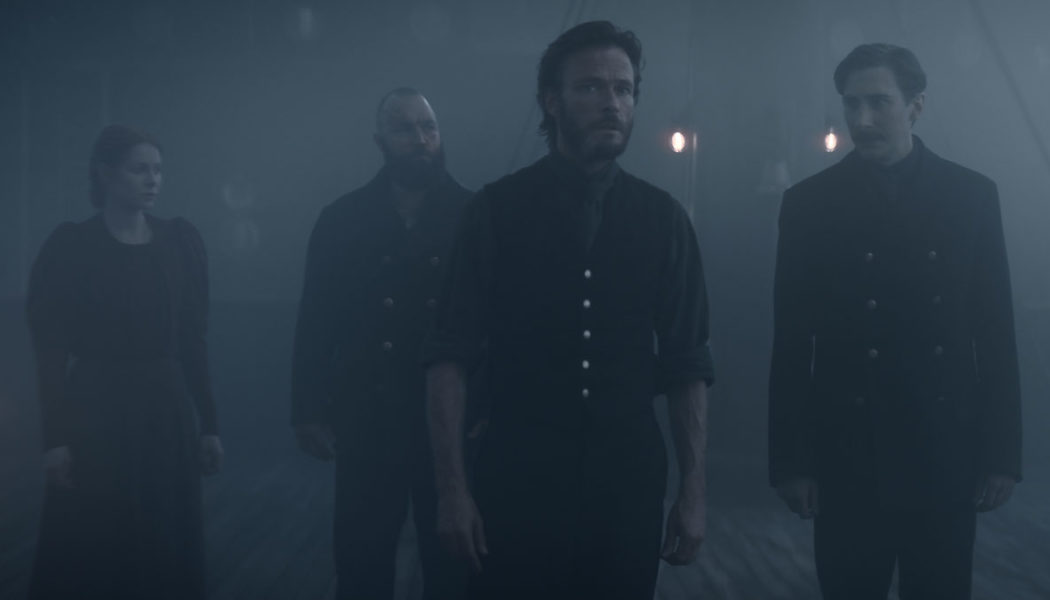


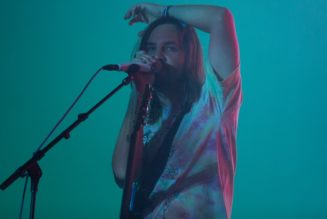

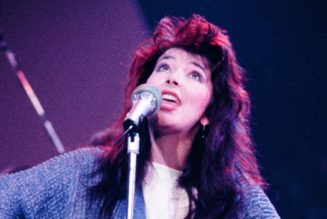
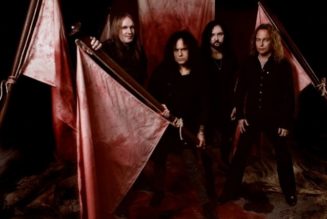
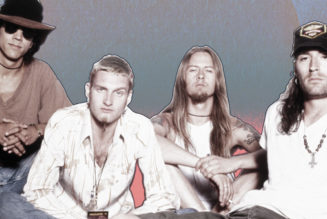
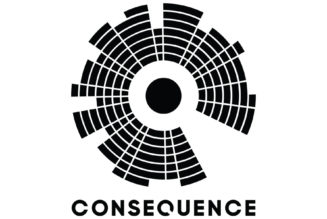
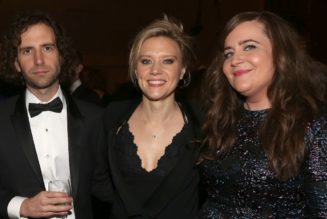
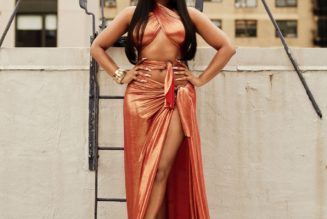
Tagged: 1899, Alternative Music, Dark, FEATURES, music blog, Netflix, Reviews, TV, TV Reviews